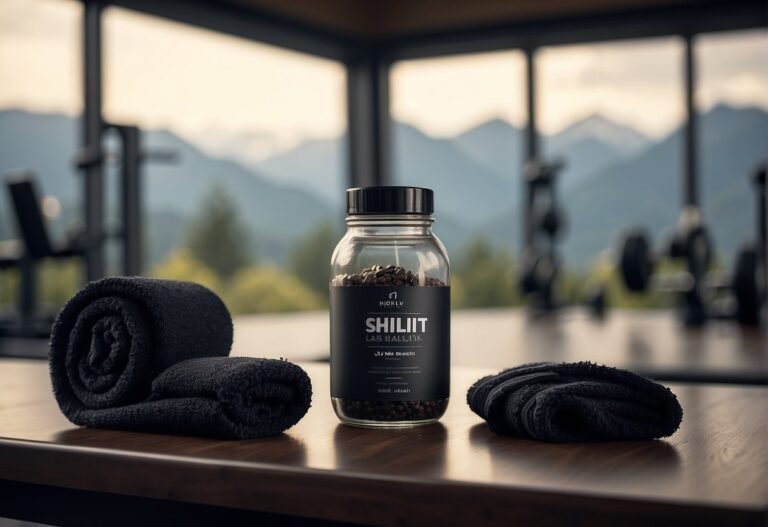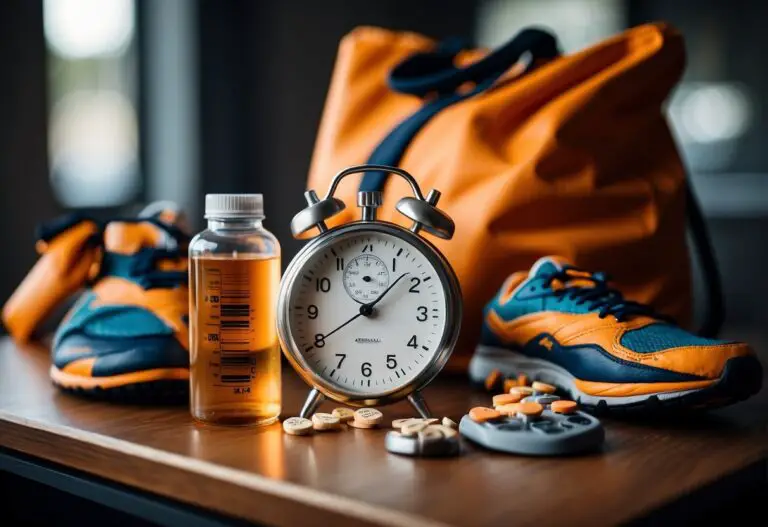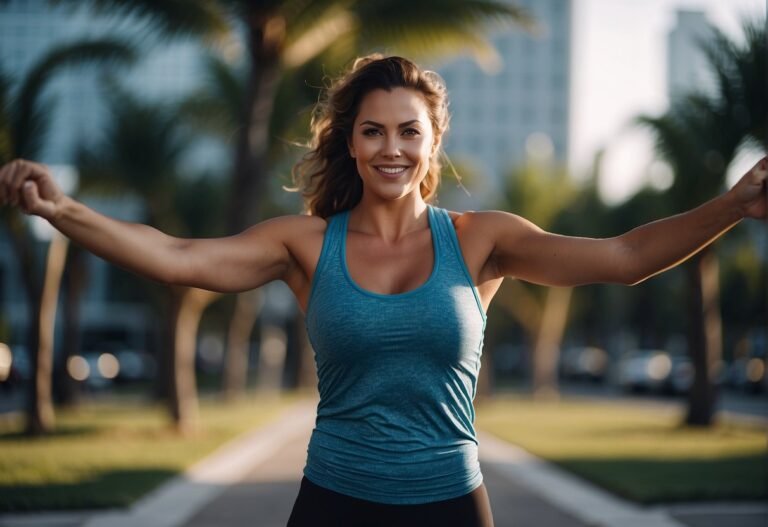📦 FREE Shipping
Can I Workout with a Yeast Infection 2024? Experts Explain

Stay active without compromising your comfort or health with “Can I Workout with a Yeast Infection? Experts Explain,” where medical professionals guide you through safely continuing your exercise regimen despite this common condition.
Can I Workout with a Yeast Infection?
Yeast infections occur when there’s an overgrowth of the fungus Candida in your vagina. Several factors can spur this imbalance:
- Antibiotics: They can disrupt your natural vaginal flora.
- Weak immune system: Makes it harder for your body to regulate yeast levels.
- Diabetes: If poorly controlled, it can lead to higher sugar levels in your mucus membranes, feeding yeast growth.
- Poor hygiene: Not changing workout clothes or damp swimsuits can create an environment yeast loves.
Maintaining good habits can reduce your risk. Wear loose, breathable clothing and practice proper hygiene consistently.
Recognizing Symptoms
Be on the lookout for typical symptoms that indicate you might have a yeast infection:
- Itching and Burning Sensation: Especially around the vagina, it’s often the first sign.
- Pain During Sex or While Urinating: The discomfort is due to irritated tissues.
- Vaginal Discharge: Look for a white, odorless discharge that resembles cottage cheese.
Recognizing these symptoms early on can significantly improve your comfort and health.
Diagnosis and Treatment Options
If you suspect a yeast infection, your healthcare provider can confirm the diagnosis usually through a simple examination. Treatment typically involves:
- Over-the-counter antifungal creams: These can be applied directly to the affected area.
- Prescribed medications: Sometimes more potent antifungal medications may be needed.
Remember, it’s crucial to follow the treatment plan to avoid recurrent infections and promote overall vaginal health.
Safe Exercise During a Yeast Infection

Workout Modifications
When you’ve got a yeast infection, the goal is to keep your groin area dry and avoid excess sweating. Here are some intelligent workout adjustments for you:
- Reduce Intensity: Opt for low-impact exercises like walking or yoga that won’t have you sweating buckets.
- Limit Time: Keep your workouts shorter to minimize the chance of creating a moist environment that yeast loves.
- Cooldown: Post-exercise, don’t lounge around in sweaty gear; shower and change immediately to keep your skin dry.
Choosing the Right Gear
Your clothing choices can impact the health of your vulva and surrounding skin. To ensure your workouts are comfortable and reduce the risk of exacerbating your yeast infection:
- Underwear: Go for 100% cotton underwear that breathes and wicks moisture away.
- Loose-fitting Clothing: Avoid tight spandex that might cause friction and trap sweat. Choose loose, breathable fabrics instead.
- Cycling Caution: If cycling is your jam, remember that tight bike shorts can increase heat and moisture. Look for padded shorts with good ventilation and take breaks to air out.
Prevention and Maintenance

Maintaining Vaginal Health
Boosting Your Immunity: A robust immune system plays a pivotal role in fending off infections, including those caused by yeast. To bolster your immunity, consider incorporating probiotics into your diet. Foods rich in Lactobacillus, like yogurt, can promote a healthy balance of bacteria in your body.
The Right Wear: Opting for cotton underwear can significantly improve your vaginal health. Cotton is breathable, allowing moisture to escape and reducing the risk of a yeast-friendly environment. After a swim or workout, ditch those wet swimsuits or sweaty gym clothes and hop into something dry to prevent yeast infections.
- What to Avoid:
- Tight clothing like pantyhose can increase sweating and moisture.
- Fragrance-free products are your friend—skip any hygiene products with perfumes.
- Douching can disrupt the natural balance of bacteria and should be avoided.
During Pregnancy: If you’re pregnant, you might be more susceptible to yeast infections. Stick to loose-fitting clothes and maintain good hygiene. Panty liners can offer an extra layer of protection, absorbing any excess moisture.
Lifestyle Adjustments: Daily habits matter. Incorporate these simple changes:
- Change out of sweaty workout clothes immediately.
- Prefer loose clothing over tight-fitting ones.
- Avoid staying in damp clothes for long durations.
When to Consult a Healthcare Provider
Feeling itchy or noticing unusual discharge? These might be early signs of a yeast infection. While it’s perfectly okay to use antifungal treatments for occasional yeast infections, recurrent issues warrant a doctor’s visit.
If you’re experiencing swelling, pain, or symptoms of a sexually transmitted infection (STI), don’t hesitate—see your healthcare provider. They can diagnose the problem and provide the necessary treatment.
Those with HIV or other conditions that can weaken the immune system should consult their doctor promptly if they suspect a yeast infection, as they can be more severe or difficult to treat.
FAQ:
Is sweating bad for a yeast infection?
Sweating can be bad for a yeast infection, creating a moist environment that may encourage fungal growth and worsen the disease.
What should you avoid doing when you have a yeast infection?
When you have a yeast infection, avoid tight clothing, scented hygiene products, hot baths, and douching, which can irritate and exacerbate symptoms.
What worsens a yeast infection?
Factors that worsen a yeast infection include antibiotics, high sugar diets, hormonal imbalances, and a compromised immune system, which can disrupt natural flora.
Can I go to the gym with thrush?
You can go to the gym with thrush, but wear loose-fitting, moisture-wicking clothes and change out of sweaty garments promptly to prevent moisture buildup.
If this article about the question: “Can I Workout with a Yeast Infection” helped you, don’t forget to leave us a comment down below about what you think of the article.





